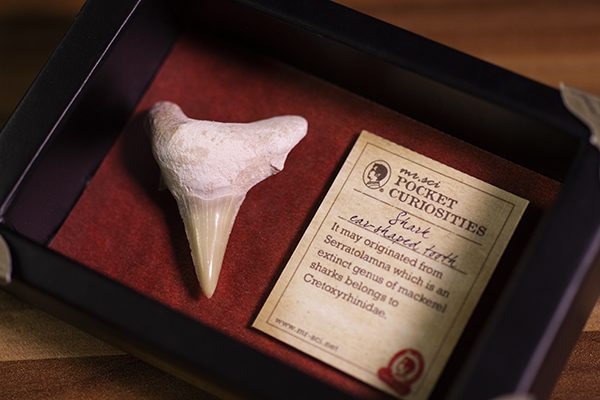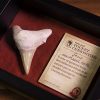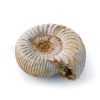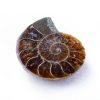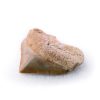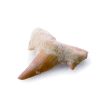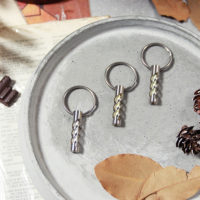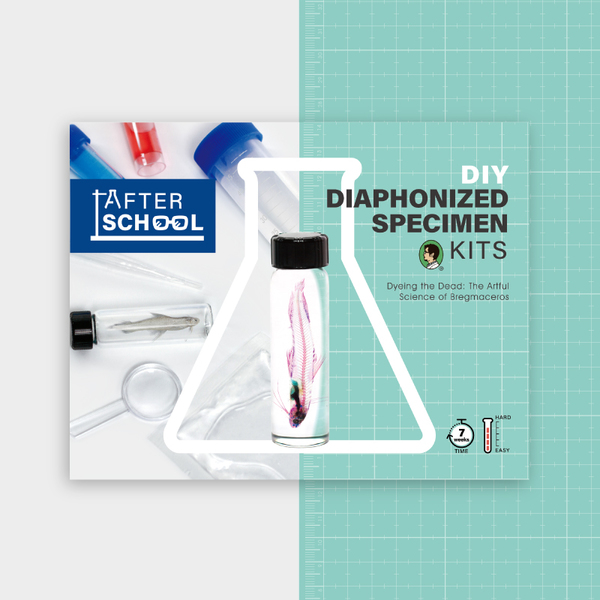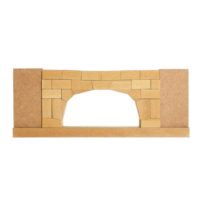Pocket Curiosities – Fossil
$10.00
Specification
| Dimension | 6.5*5*10cm |
|---|---|
| Material | paper、fossil、double sided tape |
| Made in | China |
| NOTE | Fragile! Put it down gently.
Be aware of swallowing tiny component. |
Description
The name of Pocket Curiosities comes from the Cabinet of curiosities, which is the period of the Renaissance.
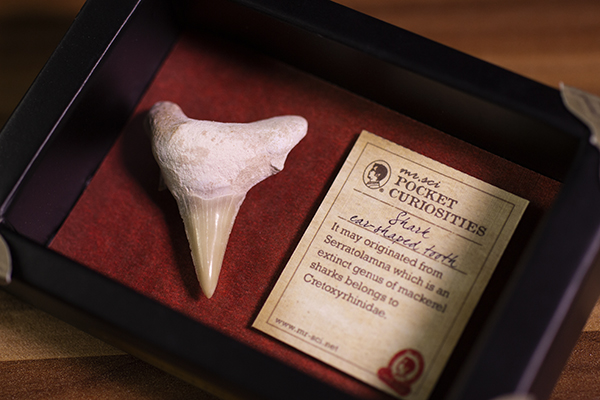
The collections in Europe exhibit the scarce cabinet not only for decoration but for the response of inspiring wisdom and horizons. It’s a vital tool for exploring unknown science and understanding exotic culture.
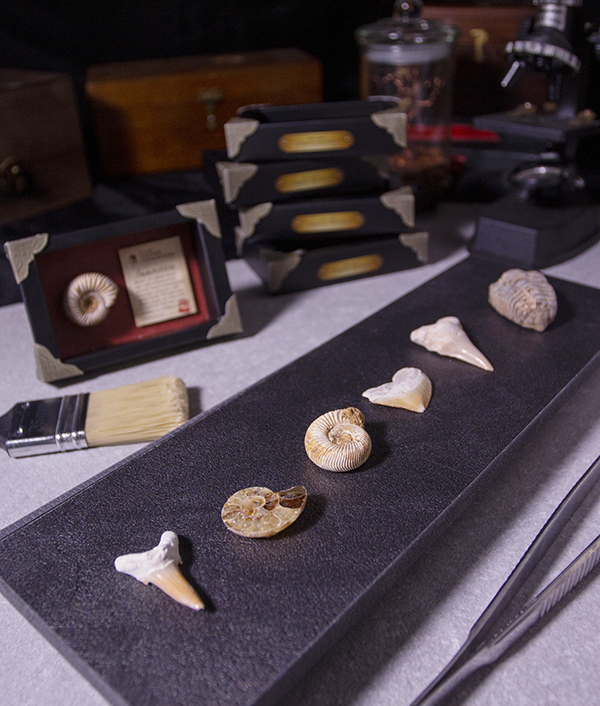
The collections started to gain different species of the specimen, including science 、geography、ethnology, and archeology.
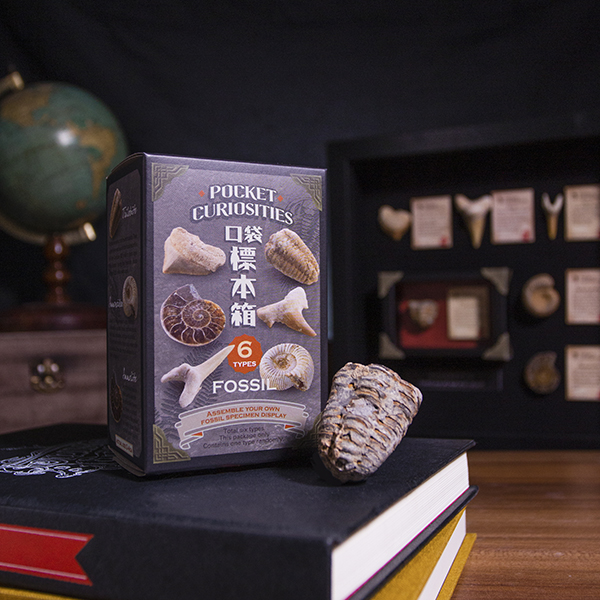
Choose one destined pocket curiosity! Mr.sci invites you to explore the natural mystery.
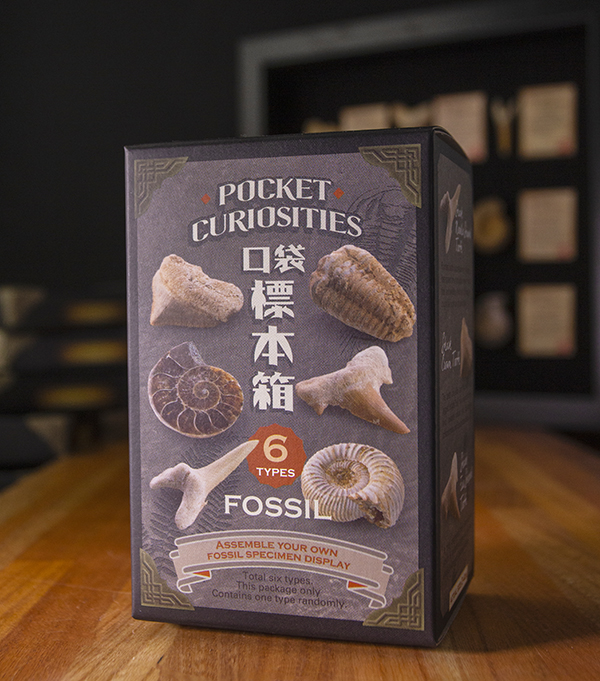
Shark Needle-shaped Tooth
Pointed teeth are conducive to hunting fast-speed prey and also easier to catch fish and swallow them all.
Odontaspis might be a genus of sand sharks.

Shark Crown Tooth
The teeth are slice and flat, with sharp jagged edges.
They may originate from two species which are Squalicorax pristodontus and Squalicorax kaupi.
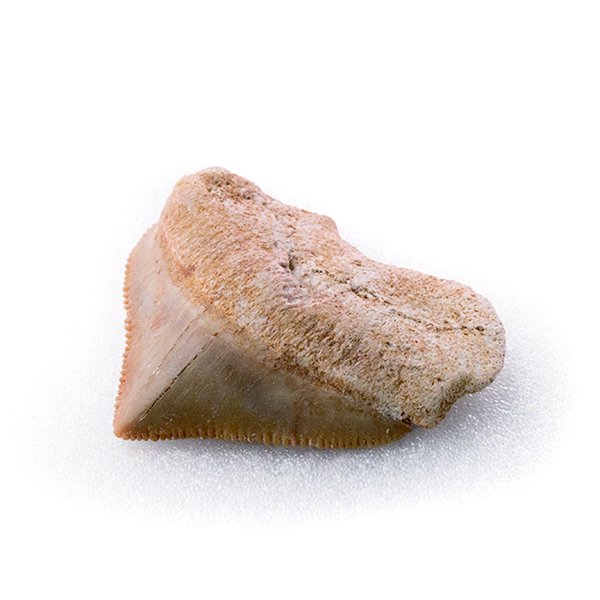
Shark ear-shaped tooth
It may originate from Serratolamna which is an extinct genus of mackerel sharks that belongs to Cretoxyrhinidae.
These sharks lived from the Cretaceous period to the Eocene epoch, approximately from 99.7 to 50.3 million years ago.

Ammonoidea
About 110 million years ago, in the mid Cretaceous period, these cephalopods had eyes, tentacles, and spiral shells.
Their shells’ shapes resemble nautilus, and are more related to a living octopus.
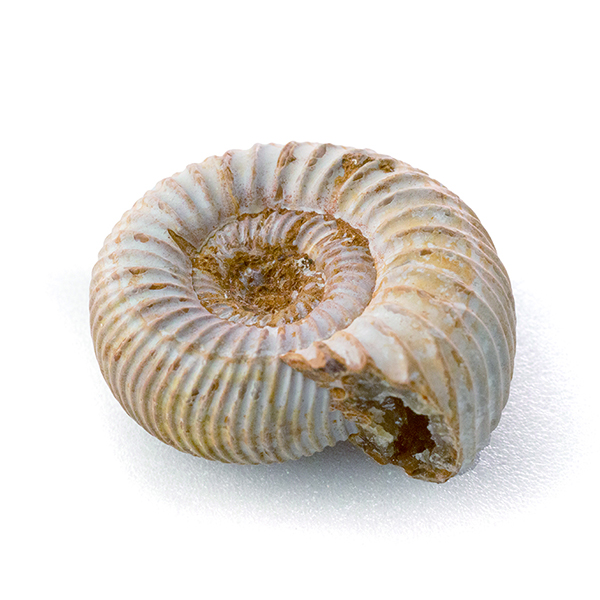
Ammolite
Ammonite fossils filled with calcite crystals.
We have cut them in a half and with the polish to make more clear of the inner space.
On rare conditions, the ammonite fossilized shells became mineralized, exhibiting striking iridescent play of color.

Trilobite
Trilobites are extinct marine arthropods. Their original figure was found in the fossil record in the Early Cambrian (521 million years ago) and went extinct during the Permian mass extinction (250 million years ago).

Additional information
| Product Type |
|---|

